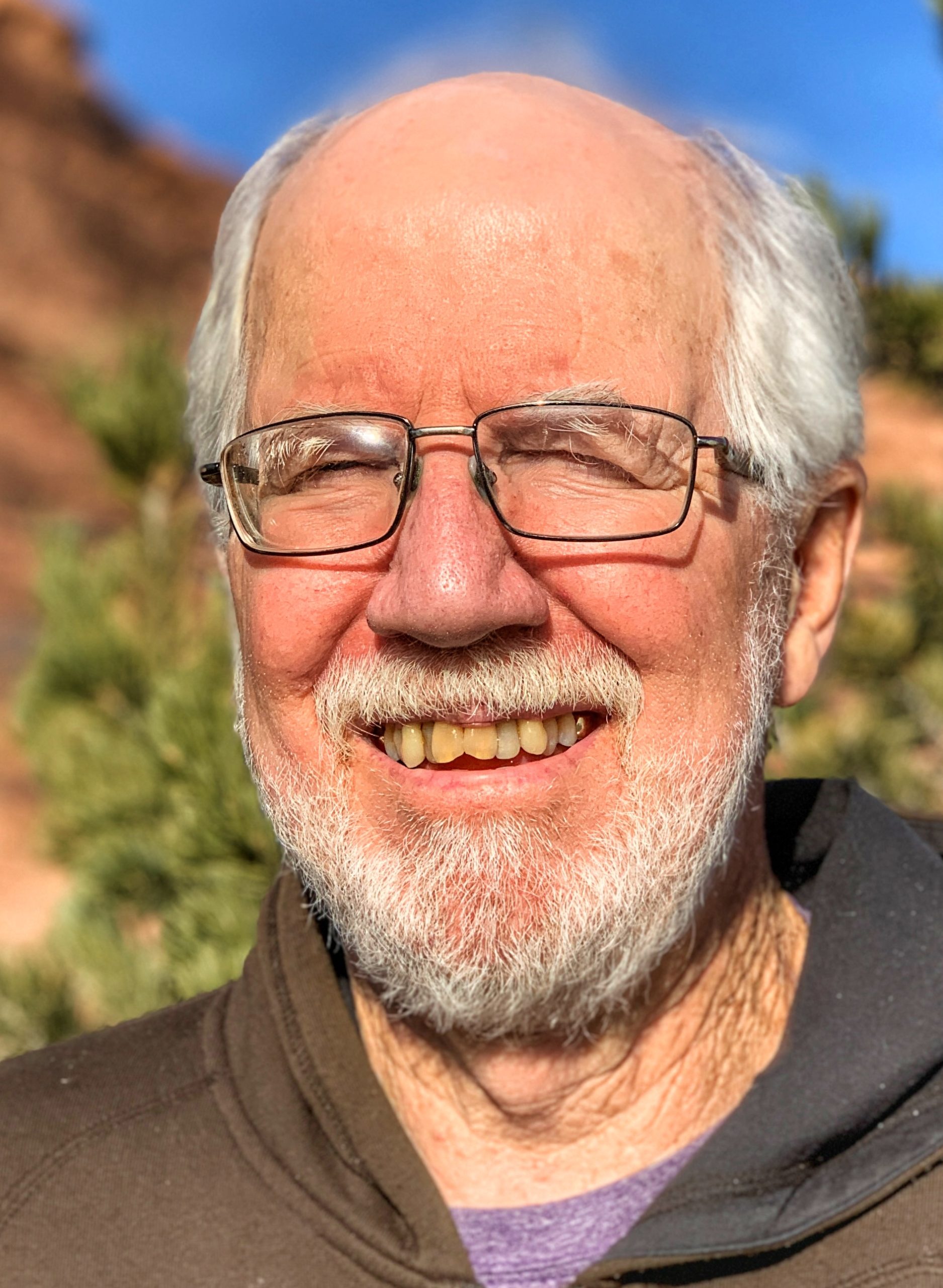Some information may be outdated.
We here in Moab receive less than nine-and-a-half inches of precipitation a year. The overwhelming majority of water for the entire Spanish Valley area comes from a watershed that occupies just 2% of the landmass of Grand County while supporting over 90% of its population. What does this water mean for us in the Moab area?
Of course, it means we won’t go thirsty if we treat this resource wisely. But it is also the reason our businesses are here, it is the reason we can live here, the reason agriculture is possible here, and one of the reasons so many people want to visit here. It is, in some sense, an oasis.
It makes sense that such an area should receive the maximum possible protection from developments that pose a risk of polluting this irreplaceable resource.
So I was surprised when the email arrived informing me that the Bureau of Land Management was proposing to lease two parcels for oil and gas drilling in the Sand Flats area above Moab. What a poor choice of a location for drilling and fracking for oil and gas!
My main concern is water. The two parcels proposed for lease are not only in the watershed for Moab/Spanish Valley, but portions of both parcels sit on top of our “sole source aquifer,” known as the Glen Canyon Aquifer. A sole source aquifer is designated by the Environmental Protection Agency only if the aquifer supplies at least 50% of the drinking water for its service area and there are no reasonably available alternative drinking water sources should the aquifer become contaminated. These are pretty strict and stark requirements, and they emphasize the importance of this area for our drinking water and viability as a community. There are only three sole source aquifers in Utah.
Potential sources of contamination for our sole source aquifer include petroleum mineral exploration and geophysical drilling; accidental spills along roadways; and abandoned but unplugged petroleum, mineral, and geophysical wells as mentioned in the Federal Register. These threats would be created by drilling and/or fracking within the Sand Flats area.
As if this were not enough evidence of how inappropriate these leases would be in this location, one of these parcels also overlaps part of Moab City’s Drinking Water Source Protection Zone for Skakel Spring, as designated by the State of Utah. This protection zone has been recently re-evaluated and expanded, based on a better understanding of the complex fractured geology of this area, but has not yet been finalized by the City and State.
Again, we do not want to jeopardize this precious water supply by exposing it to oil and gas drilling and fracking.
There are other concerns about the location of these two parcels. Both parcels lie along the Sand Flats Road in the Sand Flats Recreation Area where there is camping, biking, and motorized activities. They are situated between two Wilderness Study Areas. An earlier opinion piece by Kirstin Peterson in the Moab Sun News describes some of the potential impacts (“The View: Bringing balance back to oil and gas leasing,” Dec. 12, 2019).
The area in which the two parcels lie has been designated as “No Surface Occupancy” by the BLM and was not included in the BLM Master Leasing Plan. Because of this, many people felt fairly certain that oil and gas drilling and fracking would not occur in this area. However, if these parcels were leased, they could be subject to directional underground drilling from adjacent private property or State Institutional Trust Lands (SITLA).
The one encouraging thing about this situation is that there appears to be near-consensus across a range of political perspectives that this is not a sensible area for oil and gas leases. Even if you are generally for gas and oil extraction, this is just not the place to do it. Not in our sole source aquifer, not in Sand Flats Recreation Area and not next to Wilderness Study Areas.
Here is what you can do as a first step: contact your federal and state representatives, and especially Governor Herbert, and request that they ask the BLM to withdraw these parcels from the June 9 Lease Sale docket before the comment period for these parcels begins, toward the end of February. Take heart: our representatives and the Governor are likely to listen to you on this issue. These are simply not reasonable parcels for oil and gas development.
Bob O’Brien lives in Castle Valley and is on the Board of Canyonlands Watershed Council. He also serves on the Town of Castle Valley Town Council and the Grand County Planning Commission. The views expressed in this column are his own, but he hopes that they are widely shared.
Sand Flats areas considered for oil and gas lease / Jan 16, 2020
Appreciate the coverage? Help keep local news alive.
Chip in to support the Moab Sun News.



